The 2020 US Open will be like no other – like no other US Open or any other Grand Slam tournament in the history of tennis.
There have been lots of unlikely incidents in the past at the American event including a Navy Photographic plane crashing (killing two) in 1920 near the host West Side Tennis Club in Queens, a fan calling out “stop the match and get a cop up here” when somebody was shot by a stray bullet during a 1974 main stadium match and a quasi riot in 1979 when John McEnroe and Romanian Ilie Nastase had a tumultuous encounter that resulted in the court being littered with beer cans and paper cups by angry fans after Nastase was defaulted – only to be later reinstated to appease the raucous crowd.
More recently there have been three controversies involving Serena Williams – in 2004 when a number of bizarre incorrect line calls went against her in a losing quarter-final against Jennifer Capriati, in 2009 when a foot fault infraction effectively ended her semi-final match against Kim Clijsters and in 2018 when a series of bitter disputes with umpire Carlos Ramos led to a controversial outcome when she was defeated by Naomi Osaka in the final.
On top of everything, an unlikely five consecutive men’s Sunday finals – 2008 to 2012 – were postponed by rain and had to be played on Monday. A roof, installed in 2016, should solve that issue.
It’s an amazing litany of remarkable happenings, but a new one that no one ever imagined is the eerie atmosphere of no fans in the stands this year for such an important tournament.
The Coronavirus (COVID-19) pandemic has changed everything, and that includes the situation for male and female tennis players as they meet this week at the US Open for the first major event since the Australian Open eight months ago in Melbourne – the first ever with no spectators on site. This year’s numbers will evaporate to zero from an all-time record attendance of 737,872 in 2019!
A dry-run last week when the Cincinnati-based Western & Southern Open was staged at the Billie Jean King National Tennis Center in New York has allowed players to get a feel for how it will be starting Monday.
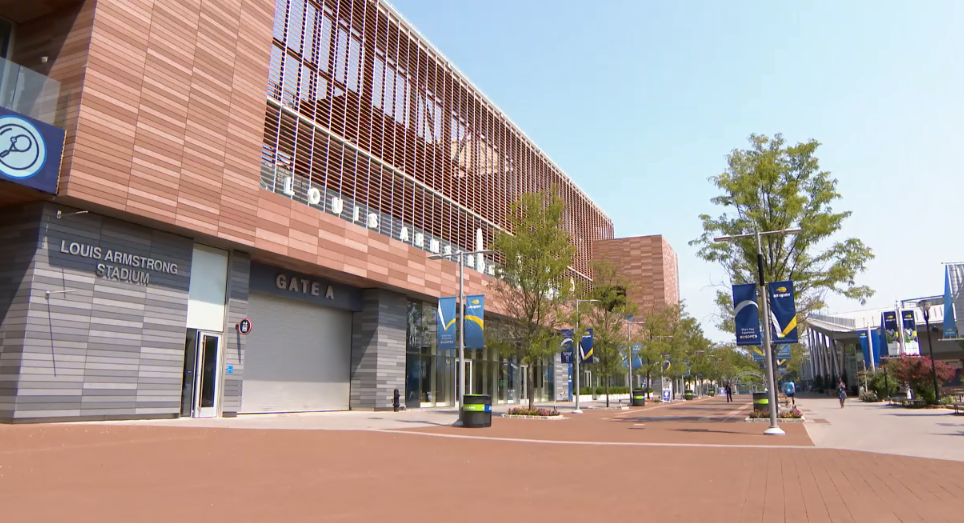
No fans in the stands is going to be weird for viewers watching on television, but those most directly affected will be the players.
“I was walking through the grounds,” Andy Murray said during the Western & Southern Open, “(and) I was like, ‘Wow, this is pretty sad,’ because usually this place is just filled with energy and atmosphere before the tournament starts. Now it’s tennis players and their teams walking around with masks on. It’s just all very different and a little bit sad.
“The fans are what give life to the tournaments. They give life to your matches and your practices. Yeah, sometimes it can be a bit hectic, as well. On the whole, I’d way rather this place was filled with people that are excited to come and watch tennis. Yeah, I miss that.”
The 33-year-old Murray won the US Open in 2012. Clijsters is a three-time champion (2005- 09-10) at Flushing Meadows. “I’m sure it will have somewhat of an impact,” the 37-year-old Belgian said about what will be a shockingly sterile atmosphere this year. “We’ve seen in the past, many moments where the crowd, the energy of the crowd, the momentum changes because of one rally or something. That could still happen now. I think the impact of a crowd...it will be interesting to see. Some players really thrive on those kinds of moments.”
Clijsters, a mother of three, is making her second comeback (2009) to the sport and plays one of the pre-pandemic, in-form players, No. 21 seed Ekaterina Alexandrova of Russia, in the first round. Coco Gauff, at 16 and not even close to half Clijsters’ age, is playing in her fourth Grand Slam event, her second appearance at the US Open. “For me, I have more matches under my belt with no fans than I do with fans,” the No. 51-ranked American said. “So I think, to be honest, it will just take me back to when I first started on tour – not too many people at my matches. I’m still going to compete just as hard regardless if there are fans or not.”
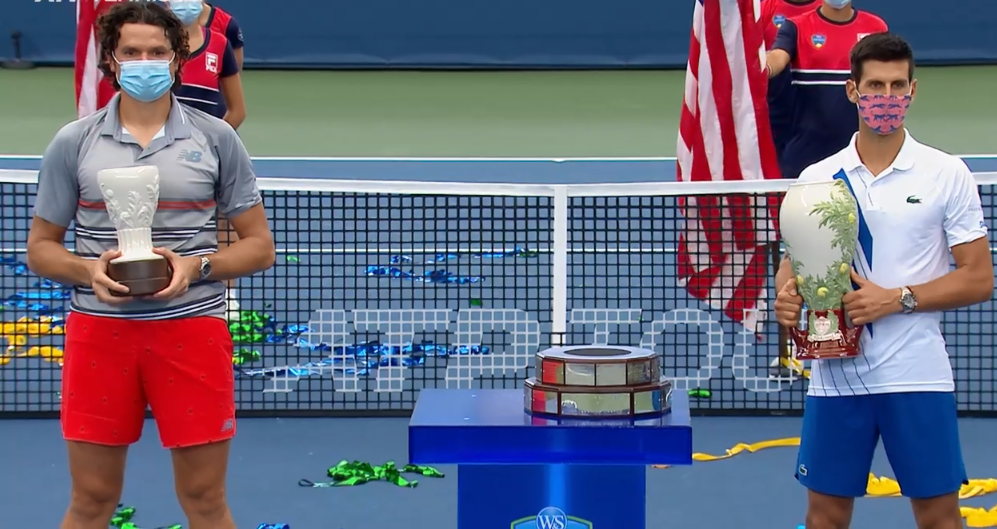
Novak Djokovic is the overwhelming favourite in the men’s event as he goes for an 18th Grand Slam title and tries to extend his 2020 winning streak of 23 matches following a 1-6, 6-3, 6-4 victory over Milos Raonic in the Saturday’s final of the Western & Southern Open played in Louis Armstrong Stadium (see picture at top). It’s the first time since the 1999 US Open 21 years ago that neither Roger Federer or Rafael Nadal are in the line-up of a Grand Slam tournament.
That opens up possibilities for the rest of the field, with no outstanding second favourite despite Dominic Thiem being the No. 2 seed and having lost to Djokovic in the five-set final of this year’s hard-court Australian Open on February 2.
The four Canadian men in the draw have a shot at going far, although one of them – Raonic or Vasek Pospisil – will definitely be gone by the third round because they are slated to face each other in the second round.
Raonic, who missed the US Open a year ago with a glute issue, was impressive last week, raising his ranking from No. 30 to No. 18 with his runner-up finish. Seeded No. 25 at Flushing Meadows, his form – reliable big serve, upgraded forehand and backhand as well as increased mobility – could carry him far after an opening round against No. 120-ranked Leonardo Mayer, 33, of Argentina. Long range, after his possible second round against Pospisil, Raonic’s main obstacles could be eighth seed Roberto Bautista Agut in the third round and Thiem in the quarter-finals.
Pospisil, ranked No. 94, has not played since February losses in the quarterfinals in Marseille to No. 6-ranked Stefanos Tsitsipas and then, less than a week later (and jetlagged?), at the National Bank Challenger in Calgary to No. 361 Kacper Zuk of Poland. His first-round opponent is Philipp Kohlschreiber. The 36-year-old German, now ranked No. 75, is playing in his 18th US Open. Pospisil won their only previous meeting – 6-4, 6-2 indoors in Rotterdam in 2015.
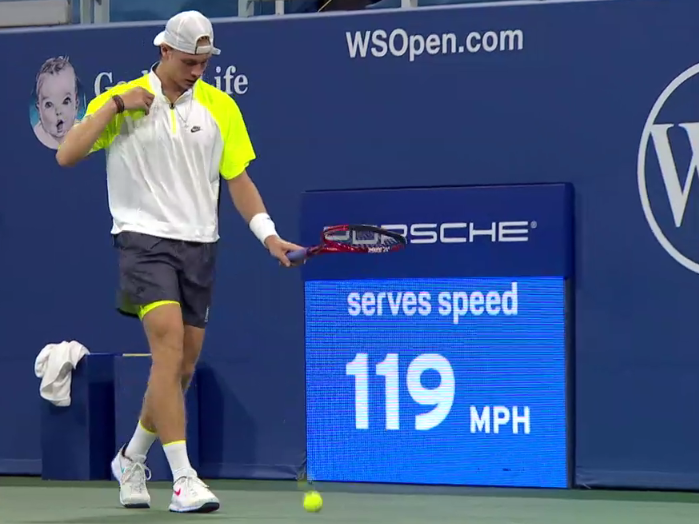
The lone Canadian in action (second match after 11 a.m. in Louis Armstrong Stadium) on Monday is No. 17-ranked Denis Shapovalov, still the No. 1 player in Canada. Shapovalov recently spent pandemic time practising in the Bahamas with Raonic, Diego Schwartzman and Peter Polansky.
In his opener he will face 20-year-old Sebastian Korda, ranked No. 205. The son of 1998 Australian Open champion Petr Korda of the Czech Republic and former WTA player Regina Rajchrtova, Sebastian is a wild card and playing in his first Grand Slam main draw.
A year ago, Shapovalov lost a heart-breaking, third-round match in five sets to Gael Monfils. Playing in his 12th career Grand Slam event, the No. 12 seeded Shapovalov has a favourable draw until a possible meeting with No. 7 seed David Goffin in the round-of-16 and then top seed Djokovic in the quarter-finals.
The two youngest Canadians – Félix Auger-Aliassime and Leylah Annie Fernandez – potentially have fascinating second-round encounters. But obviously not until they win their first rounds.
Auger-Aliassime has played and lost to Shapovalov in the opening round of his only previous US Opens (2018-19), while his first opponent this year, No. 83-ranked Thiago Monteiro of Brazil, has also yet to win a US Open main draw match – losing in the opening round in both 2017 and 2019.
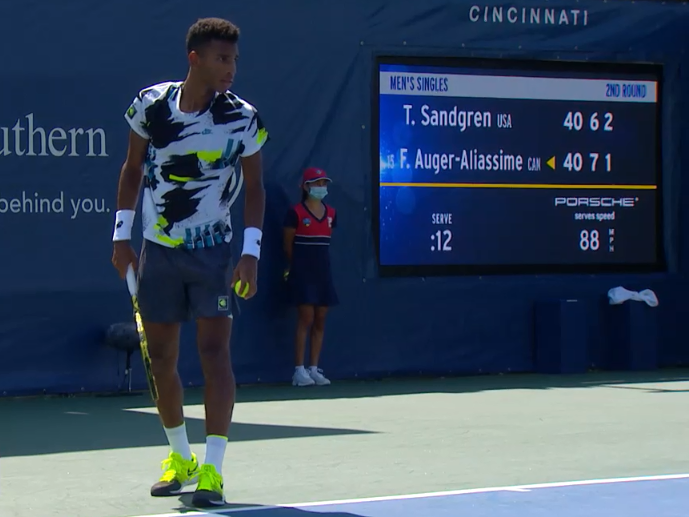
Seeded No. 15, Auger-Aliassime will face either No. 115-ranked Murray or No. 49 Yoshihito Nishioka of Japan in the second round if he advances. Auger-Aliassime, playing his first Grand Slam since turning 20, has only played one other of the erstwhile Big Four (Federer-Nadal-Djokovic-Murray) of men’s tennis – losing 6-3, 6-3 to Nadal on clay in Madrid last year.
The popcorn second-round match for Fernandez would be against Sofia Kenin, the only women’s Grand Slam event (Australian Open) winner of 2020. The No. 4-ranked American is seeded No. 2 behind top seed Karolina Pliskova in the absences of world No. 1 Ashleigh Barty and No. 2 Simona Halep.
Fernandez has a 15-6 record so far in 2020 and played in her first Grand Slam main draw, after qualifying, at the Australian Open in January.
To set up a meeting with the 21-year-old Kenin, Fernandez will have to overcome a woman more than twice her age – 35-year-old Vera Zvonareva. Ranked No. 178, the Russian is now a mother and well past the days – in 2010 – when she reached both the Wimbledon and US Open finals as well as a career-high ranking of No. 2.
It will be a fascinating clash of generations and if Fernandez wins, with a current WTA ranking of No. 104, she will crack the top-100. And that would be before her 18th birthday comes around on September 6th.
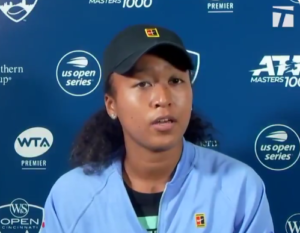
For all the talk of the women’s draw missing six of the top 10 players – Barty, Halep, Svitolina, Andreescu, Bertens and Bencic – it should be noted that there is not a single player absent among the 20 ranked between No. 9 and No. 28. However a hamstring issue, which forced the No. 10-ranked Osaka to default Saturday’s Western & Southern Open final to Victoria Azarenka, makes her questionable for a first-round match on Monday evening against her fellow Japanese Misaki Doi, ranked No. 81.
It has been estimated that the USTA would lose more than $250 million if the US Open was not held in 2020. By having the event without spectators – and largely because of television rights money from ESPN and other broadcasters – that shortfall could be reduced by roughly $100 million.
LEST WE FORGET
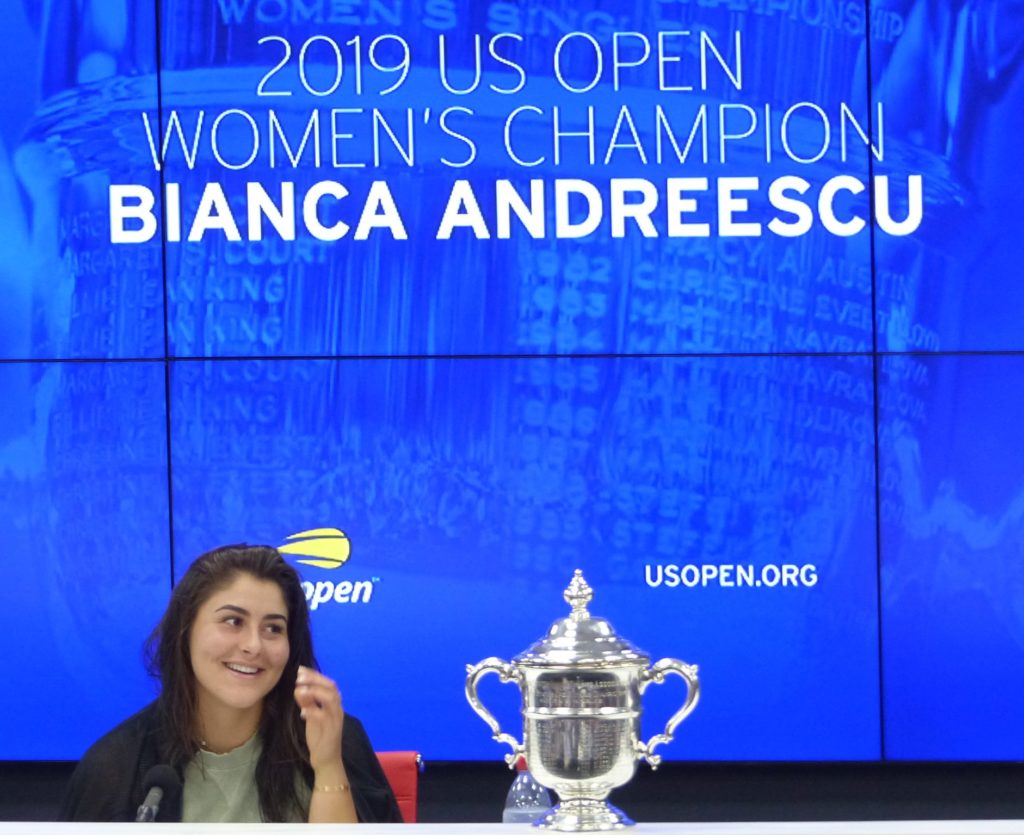
One year ago Bianca Andreescu, 19, became the first Canadian to win a Grand Slam singles title when she defeated Serena Williams 6-3, 7-5 in the US Open final.
Since that day, she has played just five completed matches, and none since last October 30. With a Covid-19 adjusted ranking system that allows players to keep their points from 2019, Andreescu should remain at or close to her current No. 6 spot post US Open. If she can return for upcoming European clay-court events in Rome, Strasbourg and at Roland Garros, she will have a chance to move up further because she only played one match (a Roland Garros win) during the clay-court season in 2019.






